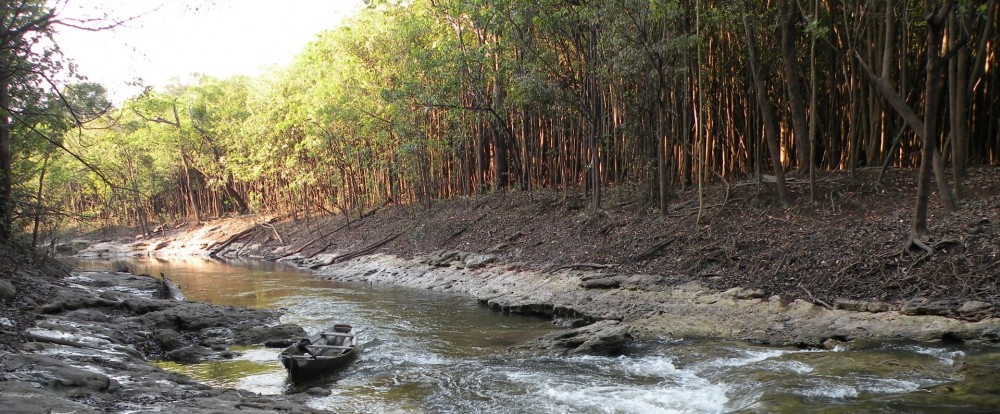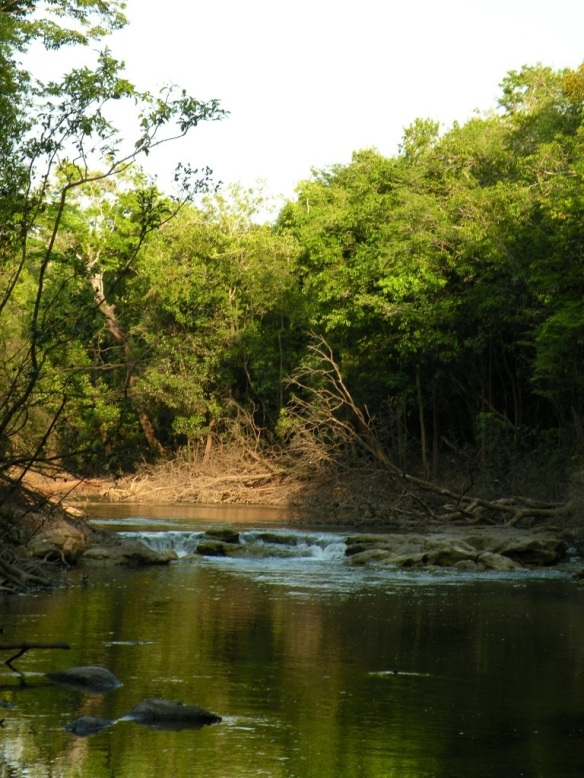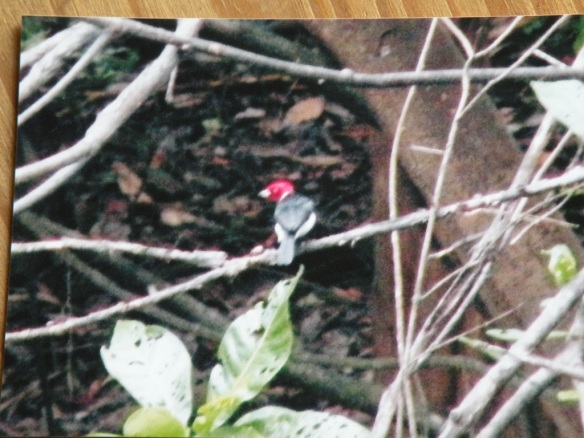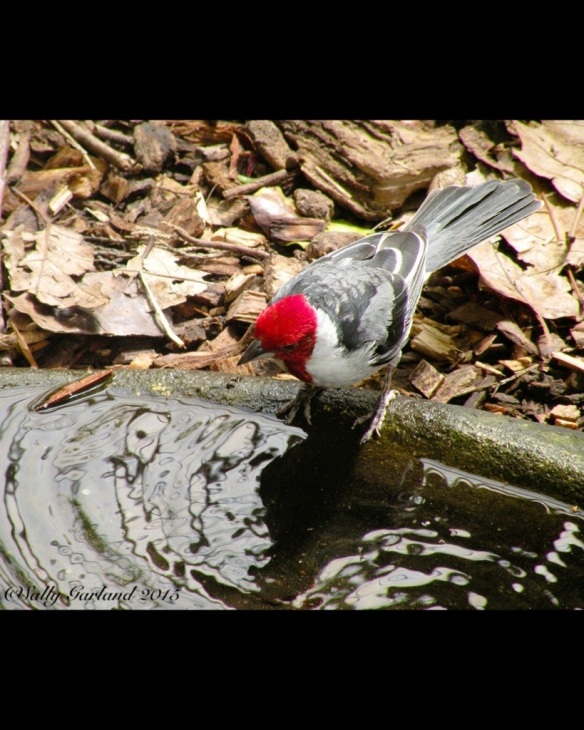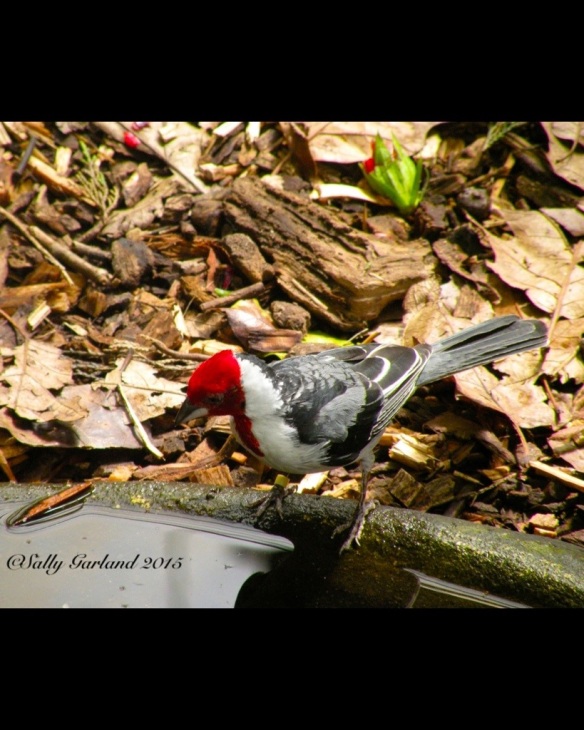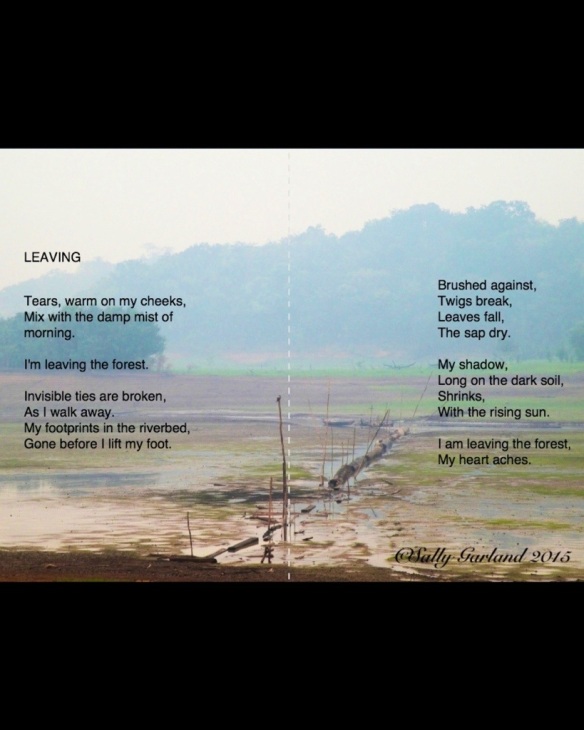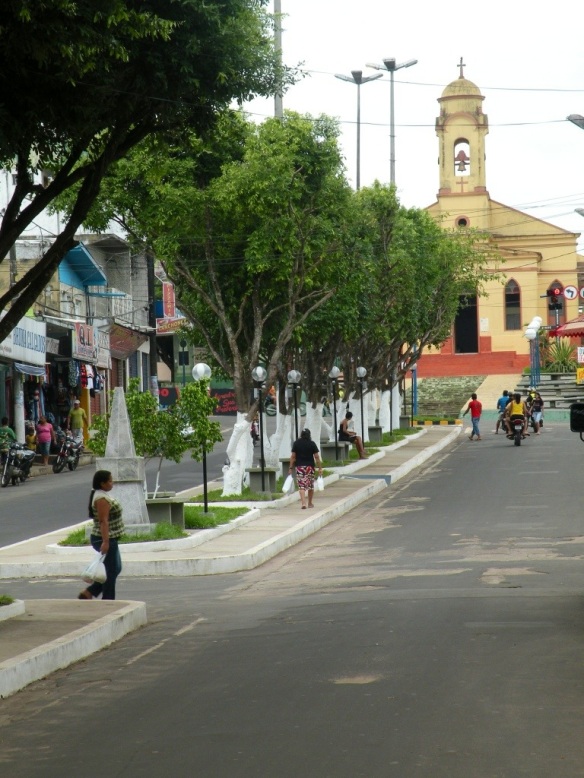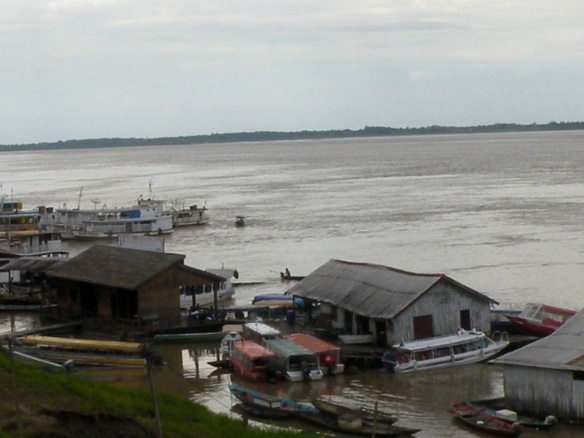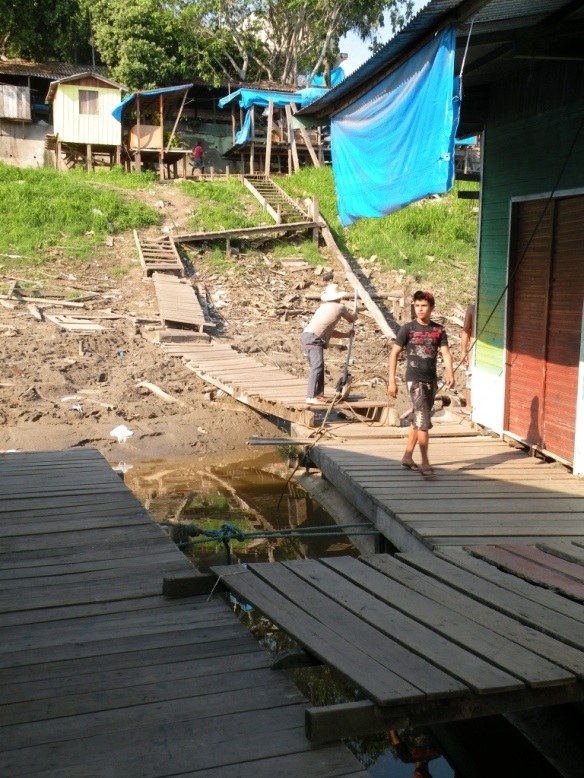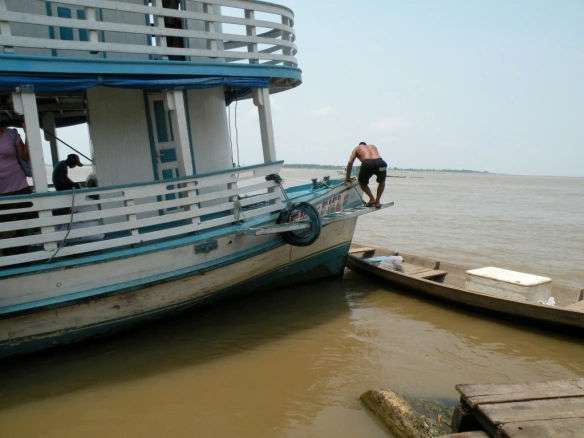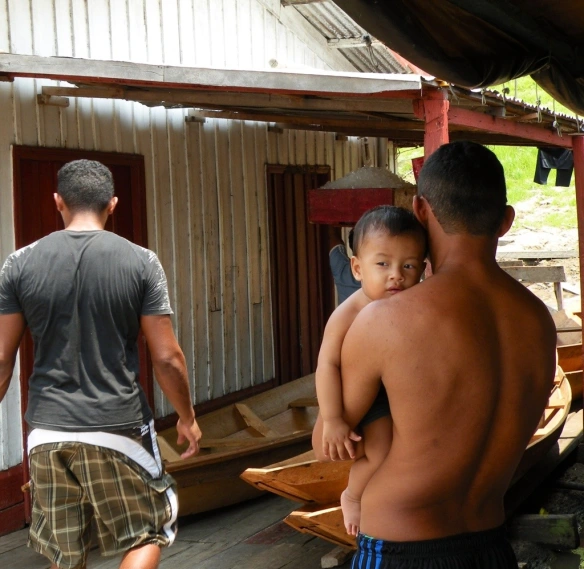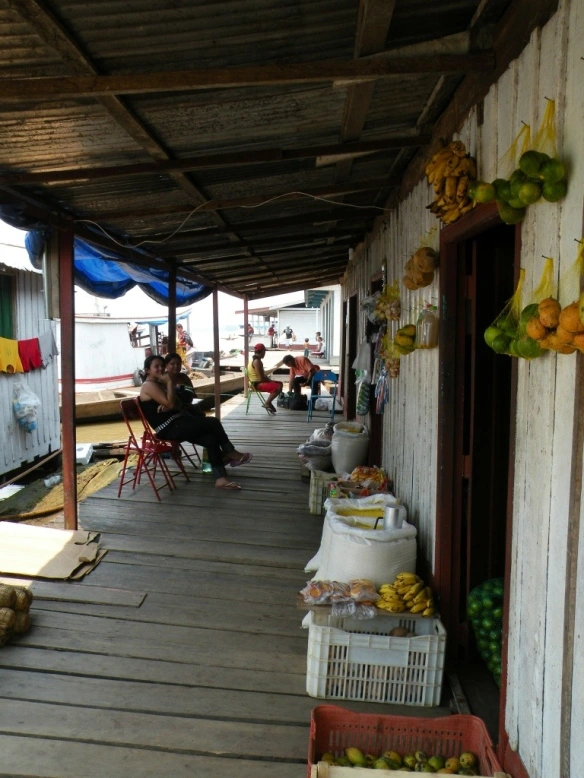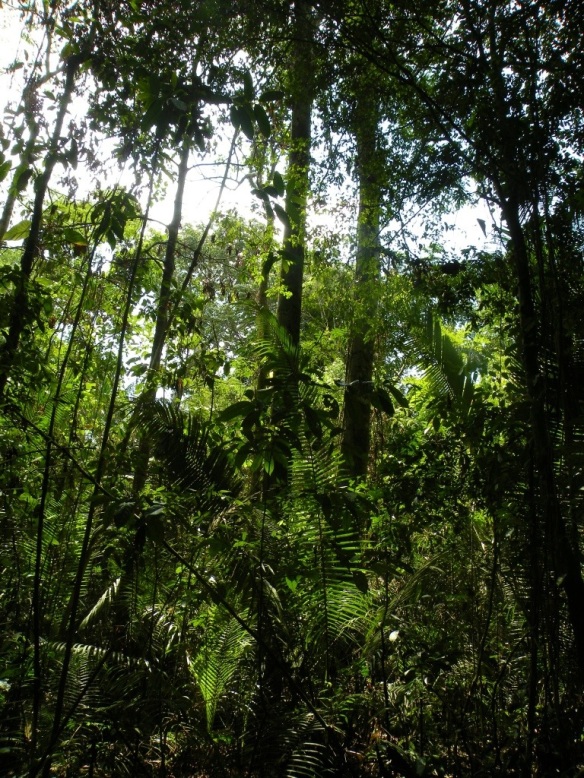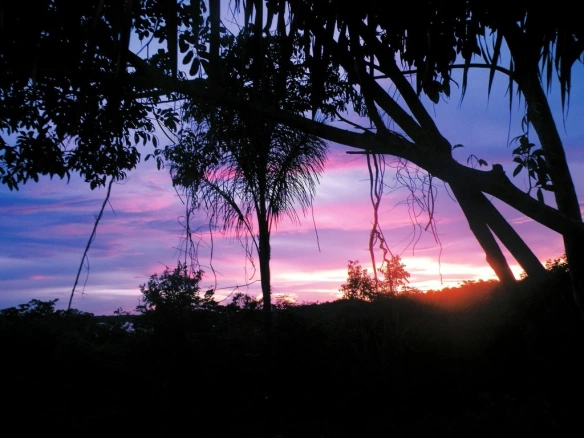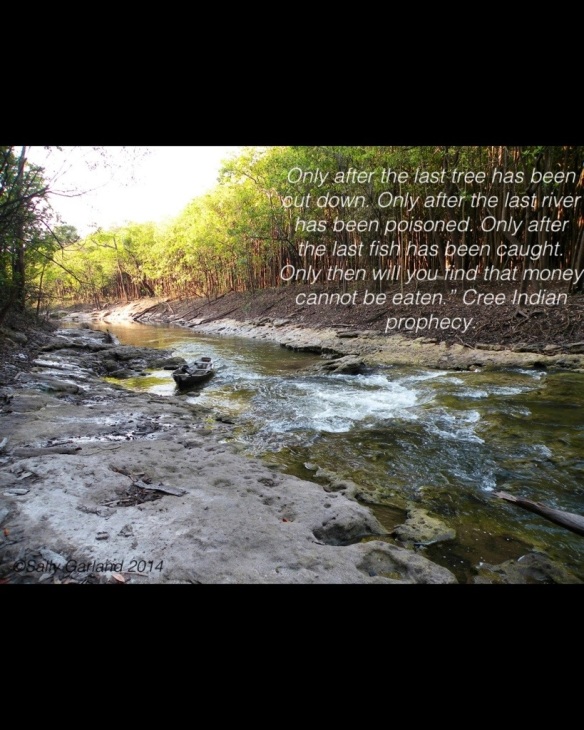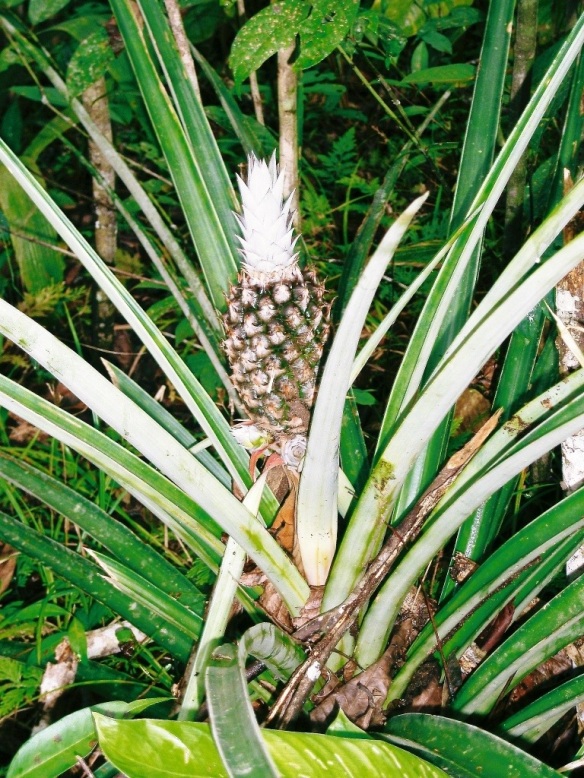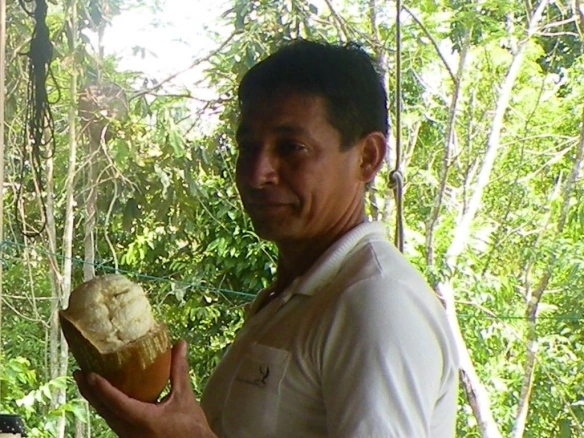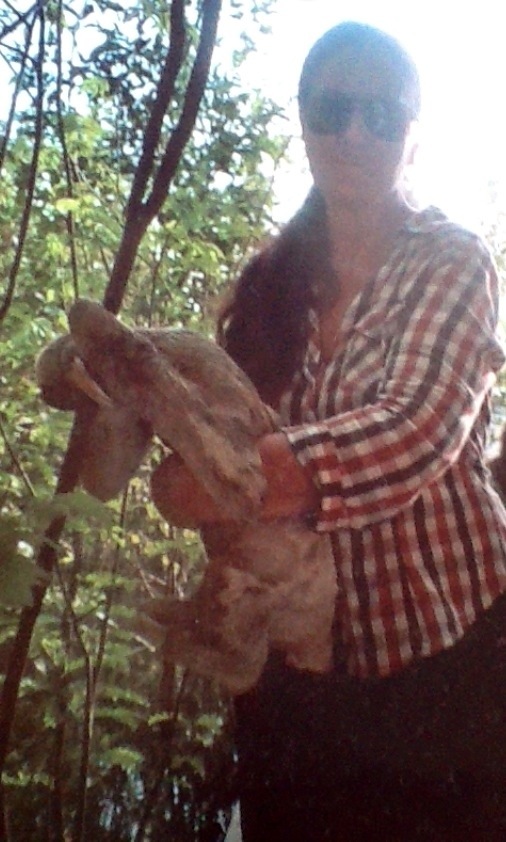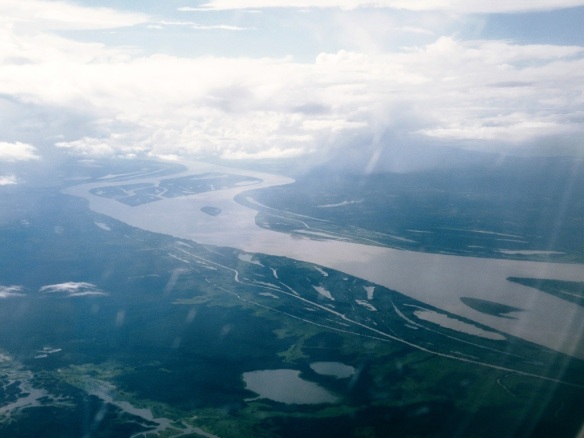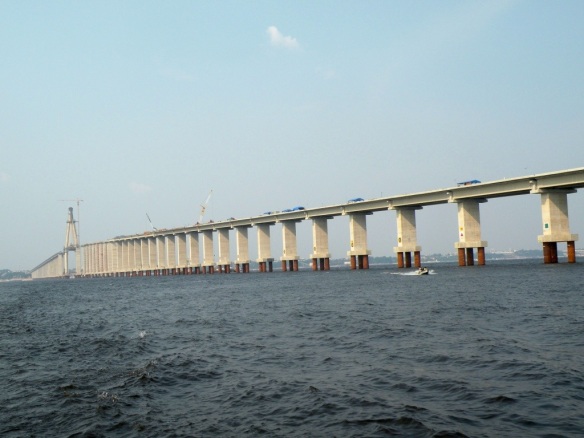Brazil’s National Drink…Caiparinha.

The drink Caiparinha was first made by Brazilian slaves in the1800s. It was made from boiled cane sugar juice and Cachaça, a spirit made from sugar cane. To this mixture was added fruit juice.
The name Caiparinha came from blending of two words Curupira…forest demon and Caipira a name used for the inhabitants of some remote rural areas.
Cachaça can be bought in good supermarkets. Its essential for an authentic Caiparinha.
Ingredients…, Cachaça, a lime, 2 teaspoons sugar, crushed ice cubes.
Cut lime into quarters, put in glass, crush. Add two teaspoons sugar. Add crushed ice cubes and 1 2/3 oz Cachaça. Mix.
Caiparinha is a delicious drink, especially on a hot day. I can only personally drink a couple before I start giggling.
It brings back memories of a vibrant, friendly country and the magnificent forest I love.
My first taste of this refreshing drink was on my first trip to the Amazon rainforest. I was hot and overwhelmed by the forest and this welcome ice cold drink was perfect. As I slowly sipped it through a straw, I relaxed, not knowing then how this beautiful forest would change my life.
